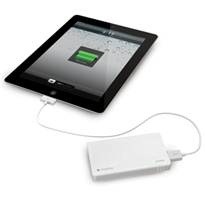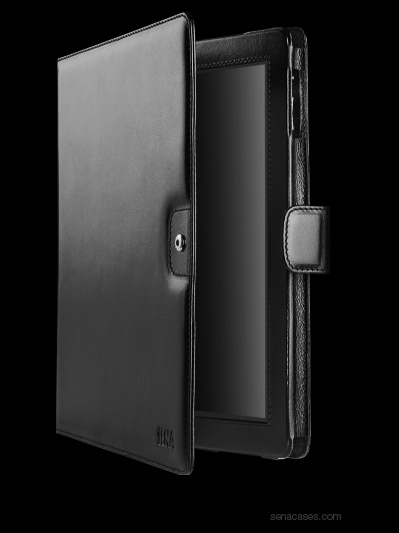The pieces of the carrier Wi-Fi puzzle are falling into place as the standardization process speeds up with the recent updates on Hotspot 2.0 and commercial Next Generation Hotspot deployments counting more than 12 networks worldwide—implementing Cisco and Ruckus equipment, according to ABI Research (www.abiresearch.com).
The increasing appetite for Carrier Wi-Fi solutions will result in revenues growing to nearly US$8 billion by 2019. Other main market players include Alcatel-Lucent, Nokia, and Ericsson.
Asia-Pacific is the top region in number of installed Wi-Fi hotspots while Europe and North America continue to grow their networks through the use of community hotspots. MSOs like BT, Liberty Global, and Comcast are advertising millions of public hotspots, thanks to switching on the dual-access feature in their massive home gateway deployments.
“This is a cost-effective way to increase public network coverage and add value for customers while also market a bigger network to attract new businesses and customers,” says Ahmed Ali, research analyst at ABI Research.
Mobile operators have started turning to Wi-Fi for voice support in addition to data which further increases the value of public hotspots. Examples include AT&T, Verizon, T-Mobile, and EE which are either currently offering Wi-Fi calling services or planning to do so in 2015.
“While the evolving role of Wi-Fi encourages mobile operators to invest more in their Wi-Fi networks, it also attracts other types of operators like MSOs, Wi-Fi aggregators, and even Muni-Fi network operators to profit from the market through roaming and Wi-Fi-as-a-Service deals,” says Ali.



